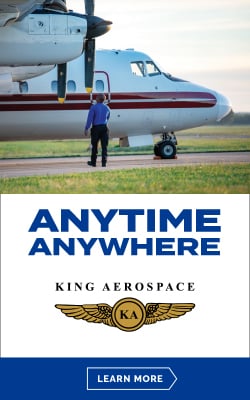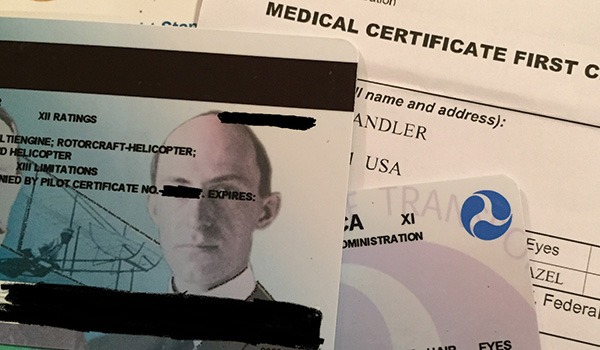
Learning to Speak FAA is a Whole New Language / By CW5 James Chandler: Serving our nation is rewarding and tough; the aviation experience you gain can be translated to FAA certifications but learning to speak civilian aviation and knowing what your military aviation experience equates to can be a little over whelming. Being an active member of Army Aviation for over 38 years, OSAA ARMS Team Chief and an FAA Aviation Safety Inspector, I can honestly say “I’m here to help,” so let’s get started.
Aviator to Commercial Pilot
On the pilot side, helicopter and airplane ratings can easily be converted to FAA pilot certificates without a flight check. Hopefully, you took the class at Ft. Rucker while you were in flight school then immediately took the military competency exam – right? For Army aviators completing the Initial Entry Rotary Wing training, you are qualified for the commercial pilot, rotorcraft helicopter, helicopter instrument pilot certificates. This is accomplished by contacting your local Flight Standards District Office of the FAA or FSDO, which can be found online at: http://www.faa.gov/about/office_org/field_offices/fsdo/.

To fly this Beechcraft BE-350 on the outside you need to be typed in the BE-350 and have your commercial multiengine instrument airplane ratings, all available for the cost of a written exam!
They want proof that you actually graduated and meet the requirements of the regulations. Paperwork they want is proof that you graduated the course, written exam results and a copy of your DA Form 759. Additional paperwork will be the pilot application, FAA Form 8710-1 which can be found at faa.gov under the “Licenses and Certificates” tab.
There used to be a requirement for you to logged 10 hours of PIC time in the previous 12 months to receive credit for military aircraft but that limitation has been removed. If you have not flown the Chinook in 10 years and have moved on to other aircraft or even gotten out of the military and want to have those aircraft added to your ratings, make an appointment at your local FSDO and dust off those records. Type ratings exist for CH-54 (SK-64), CH-47 (BV-234), UH-60 (SK-70), C-12 (BE-200), KA-300 (BE300/350), and UC-35 (CE550) to name a few. (Yes! I flew the CH-54!)
Paperwork
Assuming you took the military comp FAA test prep course at Ft. Rucker and passed the exam, you were given your test results. Minimum score is 70% and you have 24 months to apply for your pilot certificates.
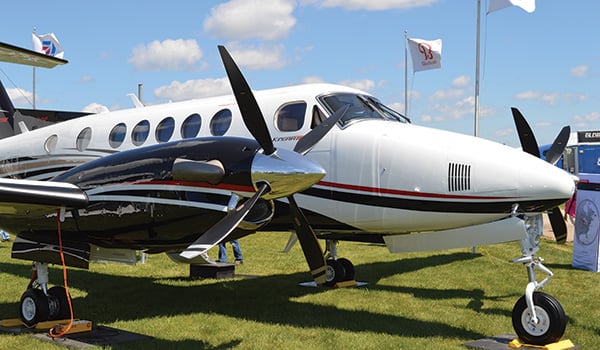
To fly this Beechcraft BE-350 on the outside you need to be typed in the BE-350 and have your commercial multiengine instrument airplane ratings, all available for the cost of a written exam!
The next gauntlet is correctly filling out the 8710-1 for there are more boxes and blanks then contractors in the dining facility. Without getting too deep, less is more; if you miss something the inspector will point that out. Don’t use your SSN for your pilot certificate number, a common practice 20 years ago but to avoid identity theft issues type in “DO NOT USE” in the SSN box. Next under section II, B where you explain the basis of your request under military competence, just put the aircraft you currently fly or the one you seek to add to your certificate – not every aircraft you flew in the military.
The rest of the questions are self-explanatory. At the bottom of the page is a record of flight time – you don’t have to fill that out because there is no minimum time to meet due to the special regulations for military pilots. Don’t worry about the back of the form; the FAA is responsible for that. What’s that? You never got a “round tuit” and never took a military comp written exam for the FAA certificates because you will never need them? Hmmm!
Online Study Program
For those who were immersed in their studies during flight school and couldn’t fit it in, you’re in luck. A military friendly study website, www.sheppardair.com, is a fantastic place to answer most of your military comp pilot questions. On the website you will only study the questions that pertain to your rating, not the whole 500+ question test bank. Also, for those individuals that are instructors in both airplanes and helicopters, only one instructor exam is taken not one for each category. If you already have a CFI certificate, no exam is necessary to add the additional instructor ratings.
Two important written exams pertaining directly to military pilots are the military competency instructor and the military competency commercial exams you need to study for. They guarantee passing scores and can help you find the closest testing center, there is a small fee. So study, take the exam and prepare your paperwork. For those in theater at Bagram, there may still be a testing center there.
Type Ratings Too
What’s a type rating? I’m glad you asked. The FAA requires pilots to hold a type rating for any aircraft that has a max gross weight of more than 12,500 lbs. If there is a similar aircraft certified by the FAA that you fly, you could get a type rating. Why do I care? Let’s say you are looking for a job and an employer is looking to hire you for a Learjet job and you have a BE-200 type rating. The employer can send you to the 100% simulator course which is far cheaper than finding a course that has actual aircraft flight time available. The alternative is sending you to the 100% sim course and you get a restricted certificate – that doesn’t sound good! It is much easier if you just ask the FAA person to add a BE-200 type rating to your certificate after the fixed-wing qualification course.
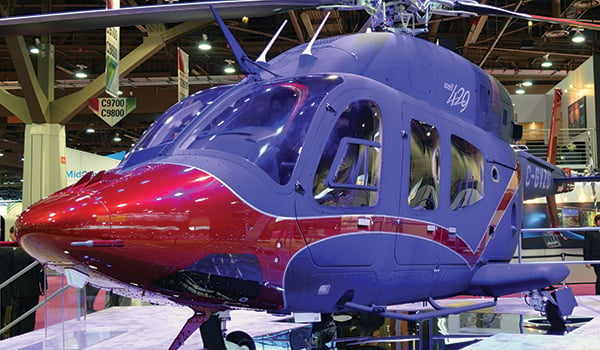
Bell 429 GlobalRanger
Helicopter type ratings are critical too if you want a life after the military. CH-47 drivers who want to work for a company that flies the Chinook must have the BV-234 type certificate. To send a pilot to that course is outrageous.
Instructor Benefits
If you are a military instructor you hit the jackpot! Whether you are a helicopter or airplane instructor, after taking a military competency exam (2nd one) you can take your test results, DA Form 759 and the 8710-1 pilot application to the FSDO and get you Certified Flight Instructor ratings. For fixed-wing instructors you qualify for the multi-engine and instrument flight instructor certificates (MEI and CFII). For helicopter instructors you qualify for the rotorcraft instructor and instrument instructor certificates (CFI and CFII). Airplane drivers, you will not get the airplane single engine CFI because you did not do any single engine instructor tasks. Since you have a CFII and MEI, the single engine CFI is an easy rating to add.
FAA Jobs and You
A side bar here for those wondering what to do with your life after the military, a military helicopter instructor if he or she gets all the ratings discussed above has the minimum qualifications to be hired as a General Aviation Operations Helicopter Aviation Safety Inspector (ASI). Airplane ASI’s require a minimum of commercial or ATP pilot, CFI, CFII and MEI certificates – but that’s another article. For FAA job information for pilot, maintenance and avionics positions go to www.usajobs.gov and put “1825” (this is the series type for aviation safety inspectors) in the keyword box and a lot of ASI job announcements should appear.
Non Rated Crew Members
Pilots aren’t the only ones to put their military experience to good use. Military mechanics with appropriate MOS skills (or equivalent from other services) can qualify for the Airframe and/or Powerplant certificates through the local FSDO provided they document their training and experience in the hangar. Advisory Circular AC 65-30A, explains the process in depth and Appendix A lists MOS codes which count towards the certificates.
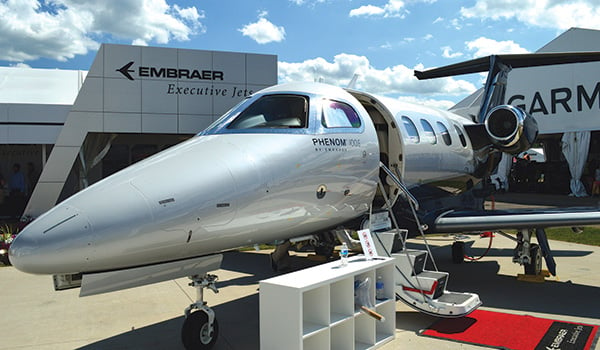
Holding a type rating in the BE-200 (C-12) can help a prospective employer send you to a 100% simulator course if he hired you to fly a corporate jet like the Embraer Phenom 100.
An excellent source of information for transferring your military maintenance experience to civilian certification is on the Department of Transportation Veterans Career page at www.transportation.gov/careers/veterans/aviation-maintenance-technician. I recommend contacting a maintenance inspector at your local FSDO to discuss the process and get you on your way to being an aviation maintenance technician. Maintenance personnel looking for a position with the FAA as a maintenance inspector must have their FAA Mechanic Certificate with airframe and power plant ratings in addition to other maintenance experience. See the USAJOBs site mentioned above.
You Earned It
You worked hard for your training and experience so don’t let it go to waste. The best time to go for the ratings is when you just completed the training and the information is fresh. Don’t put it off vowing to do it another day. If you don’t have the written exams, for less than $200.00 you should be able to buy the study program, take the exam and drive to the FSDO. You must be present to win and you can’t do it online or by mail. You must visit the FSDO. What are you waiting for?
CW5 Jay Chandler is an Army National Guard C-12 Detachment Commander and a retired FAA Aviation Safety Inspector.









